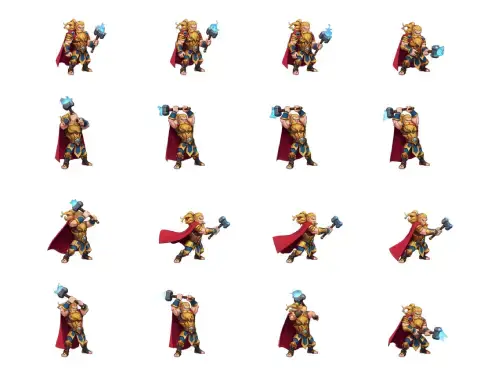In the world of video game development and game design, which includes indie games and mobile games, the Game Design Document (GDD) serves as the north star for game devs, or in other words, a planned-out map of what a game is about and how it will come to life.
A GDD provides a comprehensive blueprint that not only guides the development team but also ensures that the vision of the game remains cohesive from inception to launch.
Crafting a detailed GDD is an art and science that requires thoughtful consideration and organization. In this ultimate guide, we’ll walk you through a step-by-step approach to creating a game design document that will lay a solid foundation for your game development process, including integrating AI-powered tools from Ludo.ai to make your game design plan even more powerful and easier to accomplish.
Step 1: Concept Summary
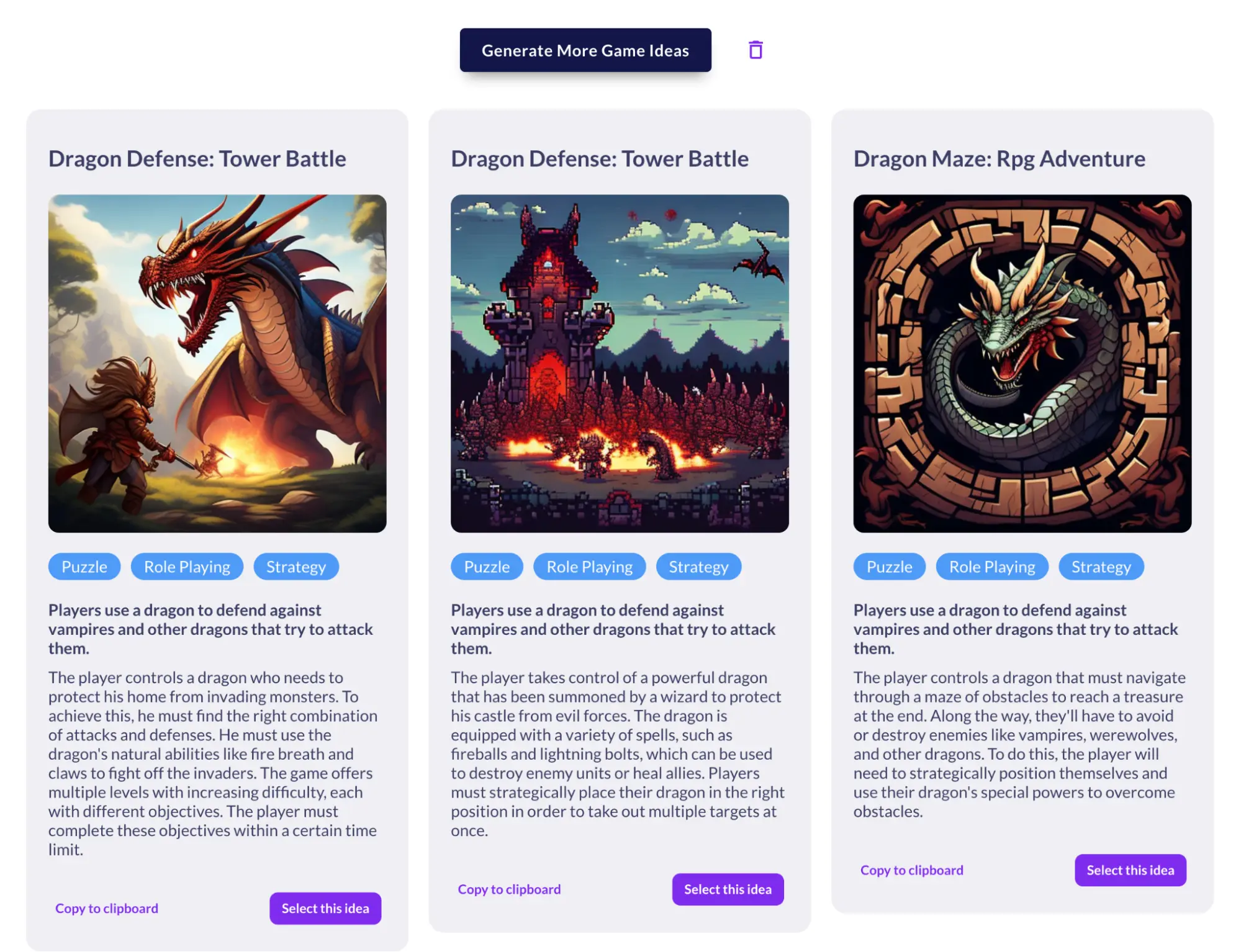
Start with a high-level overview that encapsulates the essence of your game. This section should answer the what, why, and for whom of your game. Include the game’s genre, target audience, and core gameplay mechanics. This summary sets the tone and direction, so make it compelling and concise.
Using Ludo.ai’s Game Ideator feature, you can generate endless game concepts and descriptions by simply entering your keywords, prompts, and sentences and click generate. You can refine your results with genre, platform, and even style of gameplay. This powerful tool can provide a general basis for your game idea. When you’re happy with the result, simply copy it to your clipboard or select the idea and add it to your Game Concept (Game Design Document) storyboarding tool, and move on to the next step.
Step 2: Gameplay Mechanics

Dive into the heart of the game - its mechanics. Detail the rules, player interactions, game progression, and objectives. Explain what the player can do, how they can do it, and what happens as a result. This section should provide a clear understanding of how your game plays.
Thankfully, Ludo.ai’s Game Ideator feature already helps you do the heavy lifting and can generate many starting game mechanics for you in a few simple clicks.
Step 3: Create A Story and Setting

A big selling point for video games can be the promise of a well-written and interactive story rich in lore or when the player’s choices matter.
Immerse your readers in the world you’re creating. Describe the game’s setting, the story backdrop, main characters, and narrative arcs. If your game is heavily story-driven, outline the plot, key events, and how the narrative unfolds around the gameplay.
Use narrative structures such as a three-act structure, beginning, middle, and end, or borrow established story archetypes to help you navigate the finer beats of your storyline.
Step 4: Apply Your Art Style / Aesthetic

As with any form of entertainment, visuals first grab people's attention. This is why a distinct art style or aesthetic in video games plays such a significant role in the gaming experience.
Detail the art style, character designs, environments, and any important visual elements. Including reference images or mood boards can greatly enhance this section.
Ludo.ai’s Image and Video Generator are powerful tools that can help you create art and gameplay concepts to add to your Game Design Document mood board to inspire and use as reference point.
Step 4: Apply Your Art Style / Aesthetic
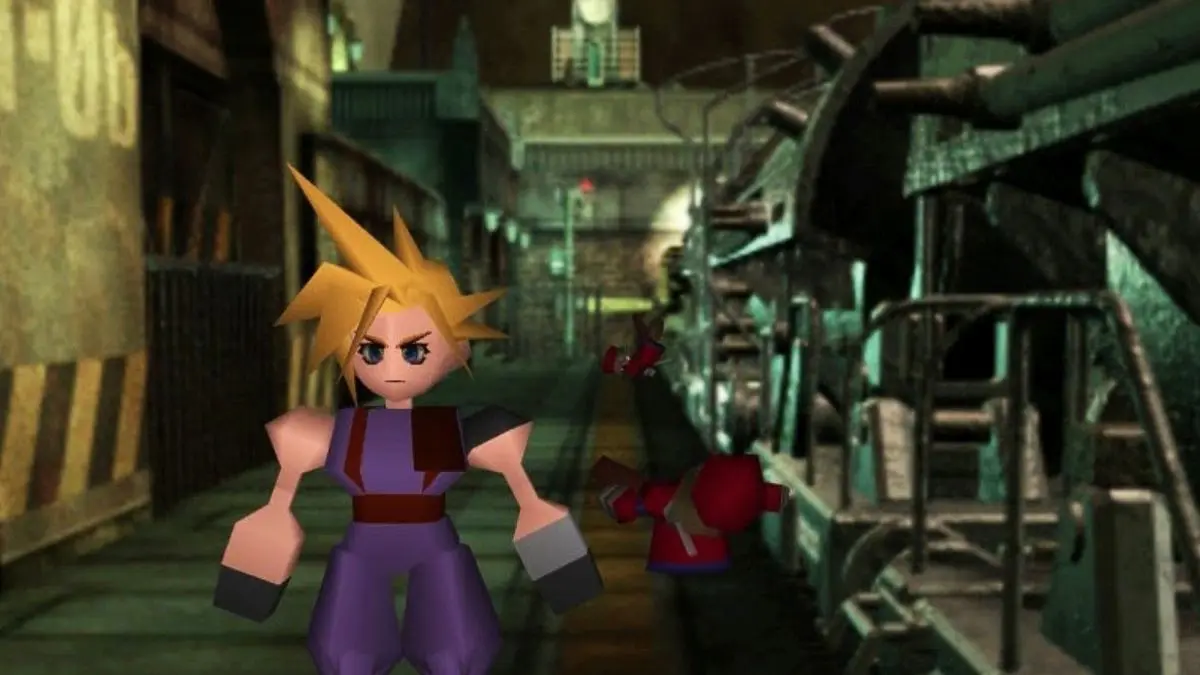
Gamers everywhere can remember the exact theme that plays during the opening segment of Final Fantasy VII.
Sound design and music selection can often be overlooked areas of game development, but they are equally important as visual design. Incredible original musical scores, songs, and sound effects carry some of the most iconic gaming experiences of all time.
Outline the audio strategy, including music, sound effects, and voice-over plans. Including reference images or mood boards can greatly enhance this section.
The artistic aesthetic and “vibe” or mood a game gives off both visually and audibly is key to making a memorable gaming experience.
Step 5: User Interface and User Experience (UI/UX)
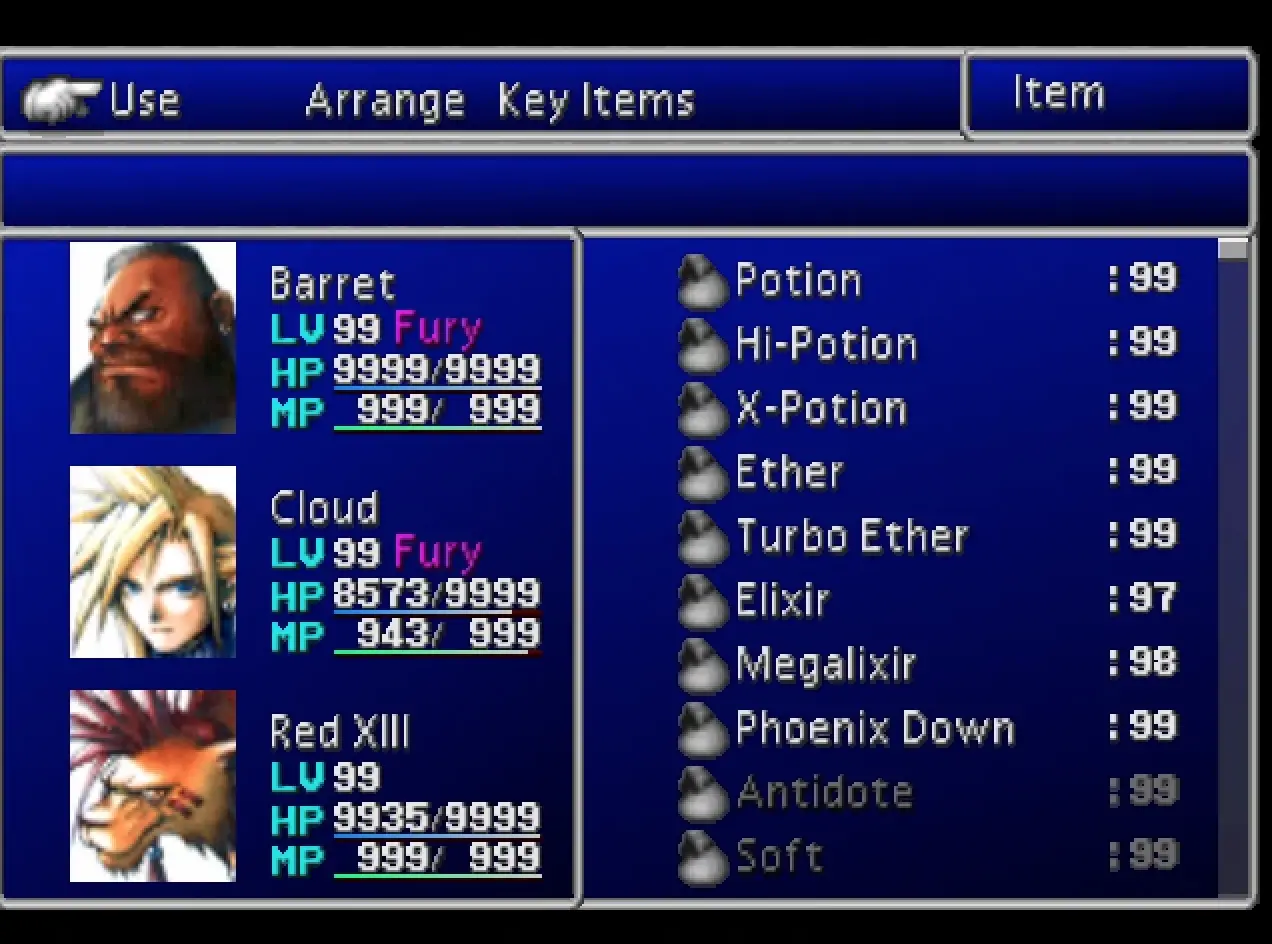
Explain how players will interact with your game through the user interface. Detail menu designs, HUD elements, control schemes, and any other interfaces the player will encounter. Consider the user experience at every touchpoint to ensure it’s intuitive and engaging.
Step 6: Technical Aspects

Step 7: Monetization Strategy

Popular Battle Royale style shooters such as PUBG, Fortnite, Call of Duty: Warzone, Population One, amongst others, all follow a “freemium” game monetization model, where the base game is free to play for all players, but exclusive items, skins, and characters are locked behind in-app purchases.
Nowadays, games are published and released with a variety of monetization strategies. Some games follow the traditional model of charging full price at launch. These are usually franchises, big studio games, or games that know their production budget and price their games accordingly.
Some other games, usually indie games, are early access. This means giving early adopters a discount, collecting user / community feedback, before launching at full price with full suite of features.
Meanwhile, some other games follow a “freemium” model. Battle royale games, or massively multiplayer online role-playing games for example, require a significantly sized user base in order for the game to feel alive. Therefore, instead of paywalling the game upfront, they allow the game to be played for free for all users, to drive up user interest and fuel lobby matchmaking. Later on, the developers introduce exclusive paid content, such as weapons, skins, and character models that can be paid for to be used, but aren’t necessary to play and win the game.
If your game includes in-app purchases, advertisements, or any form of monetization, detail your strategy here. Explain how it integrates into the game design without detracting from the player experience. More ideas and strategies for video and mobile game monetization can be found here via Playwire.
Step 8: Development Timeline and Milestones
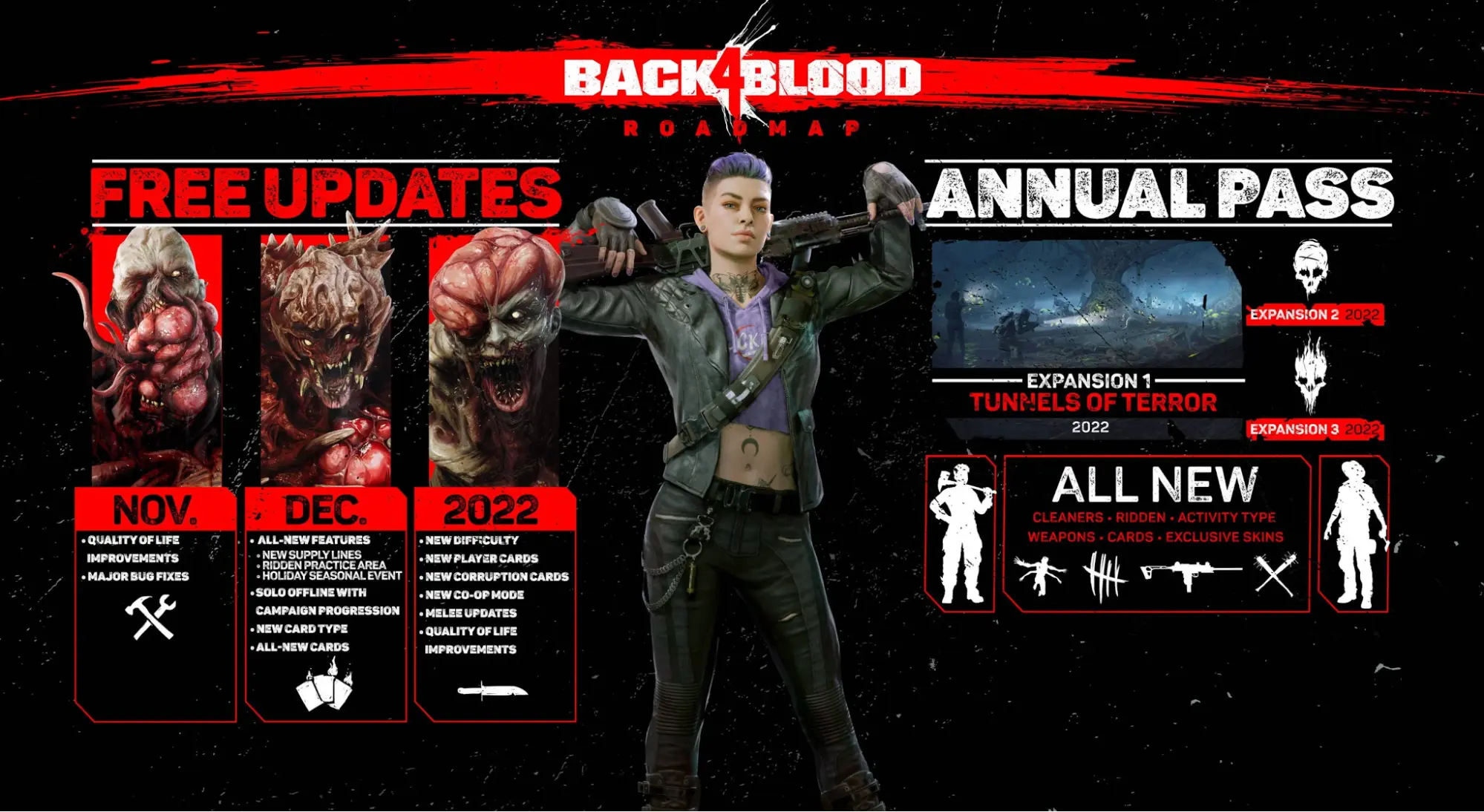
If you plan to release a game in early access or have a game development roadmap that promises its users free updates and/or downloadable content (DLC updates), then list them out here so the community can know what to expect.
Step 9: Marketing and Launch Plans
While this blog focuses on building a Game Development Document, outlining your preliminary marketing and launch strategy can also benefit your team.
Discuss target markets, marketing channels, and any promotional events or partnerships planned. Set financial goals or sales targets, and plan out a strategic roadmap such as including any stretch goals should the game be well received by critics and fans.
Step 10: Appendices and References
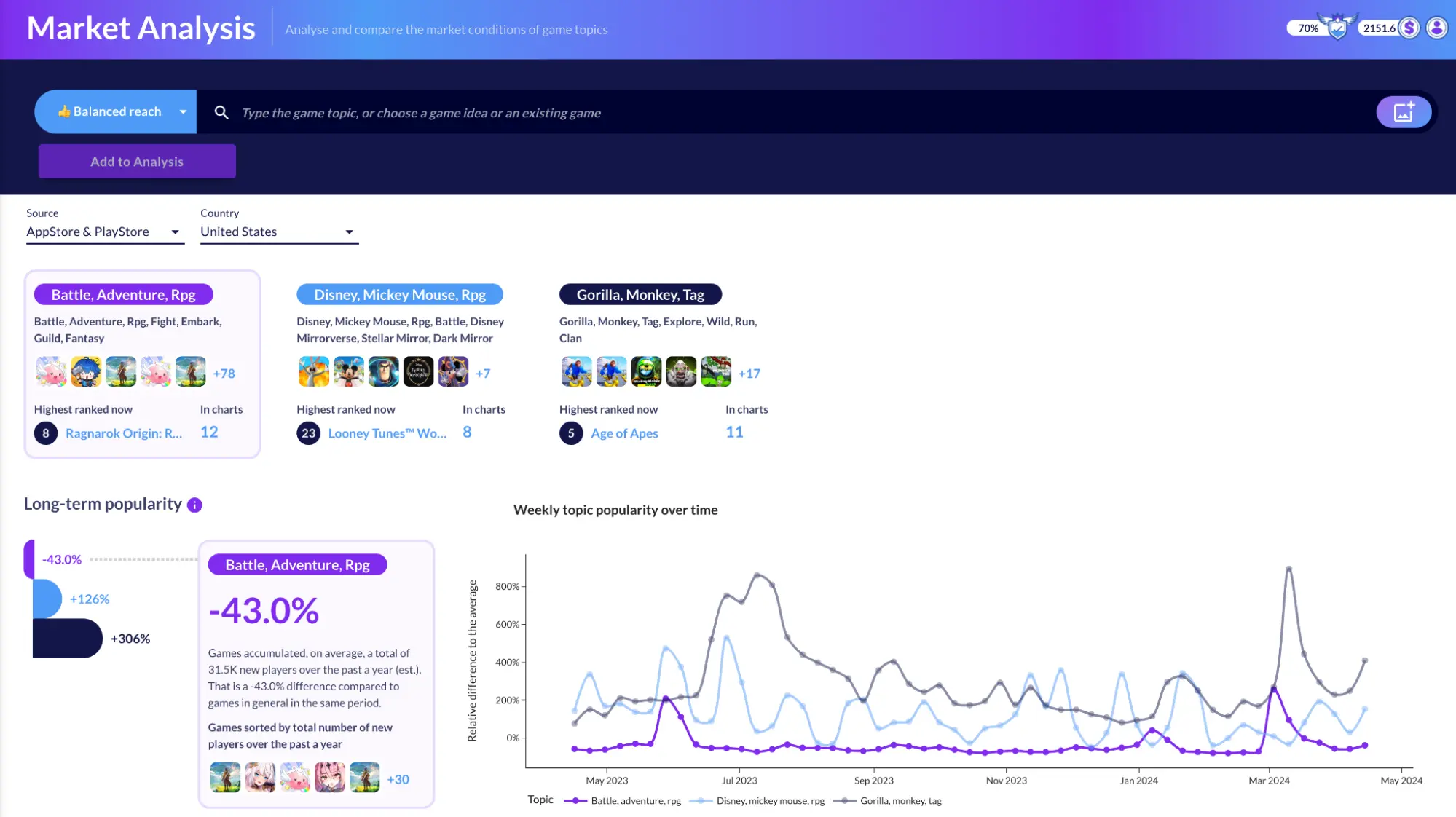
Include any additional information that supports your GDD. This can be research data, technical documentation, legal considerations, or inspirational materials.
Using Ludo.ai’s Trends and Market Research tools, you can gather video game market analytics for your team to decide which type of game and which genre you should be working on in order to ensure success.
Crafting Your Document
Remember, a GDD is a living document that evolves with your game. Start with these foundational elements and be prepared to iterate as you refine your game concept and mechanics. Collaboration and feedback from your team are invaluable, so encourage discussion and input to ensure your GDD truly captures your game's vision.
Crafting a comprehensive Game Design Document might seem daunting, but it’s an essential step in turning your game idea into a reality. By following this step-by-step approach, you’re not just documenting your game’s blueprint; you’re laying the groundwork for a successful development process that stays true to your original vision.
Happy developing!



